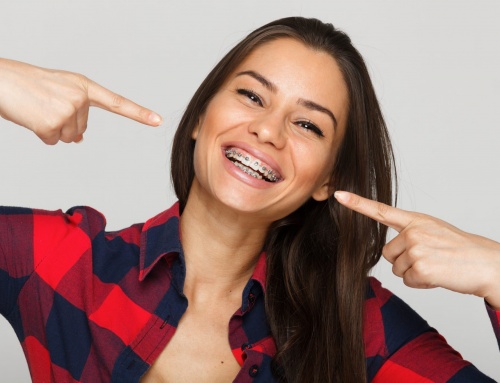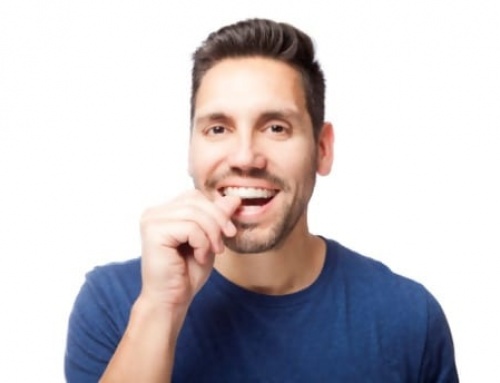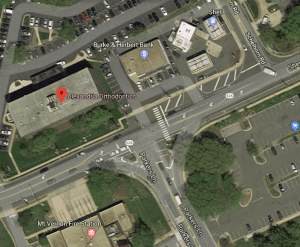Underbite
An underbite is when the upper teeth are behind the lower teeth when a person closes their bite. This makes the bottom teeth protrude out further than the upper teeth. When the teeth aren’t aligned correctly, the bite and chewing motions aren’t correct.
What Problems Does an Underbite Cause?
This not only creates a less than desirable smile, but it is also putting the person at risk for oral health issues. In addition to damaging the edges of the teeth, it impacts the canines, the pointed, sharp teeth next to the incisors.
Depending on the intensity of the underbite, the oral health complications can affect the mental and health damage in addition to jaw issues like chronic jaw pain and TMJ (Temporomandibular Joint Disorder). With TMJ, a host of other health problems are created like the feeling of locked or stuck jaw, popping sensation when mouth is opened, in addition to severe jaw pain.
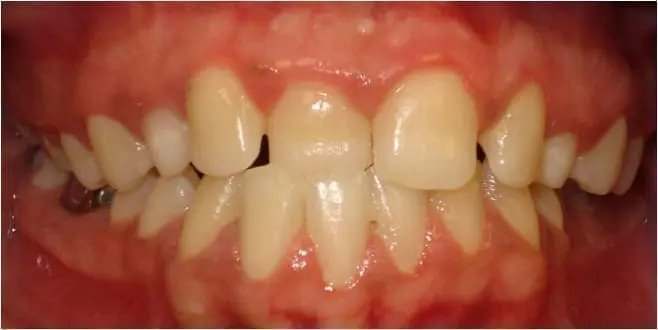
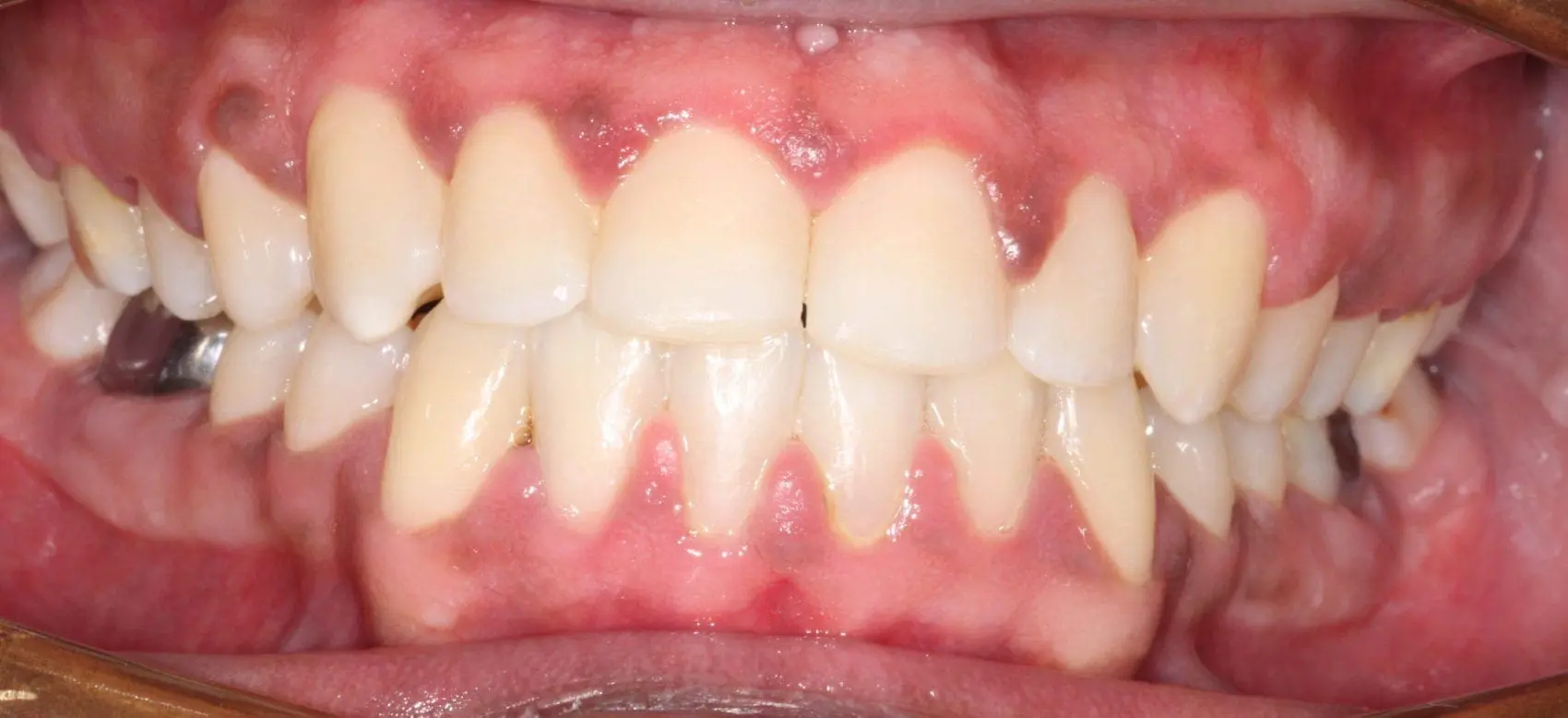
Eating and chewing become a challenge, making meals unpleasant. People with an underbite complain of headaches, tooth decay, and sleep apnea. With misaligned teeth, a person is vulnerable to cavities, gingivitis, halitosis, and suffers with chronic mouth breathing and speech issues. All these conditions can lead to more health issues.
Can An Underbite Be Corrected?
There are several options for correcting an underbite. There are different factors that are considered when your orthodontist is choosing the method. Some patients may require a combination of the following methods:
Braces: This is the most common way to correct an underbite, typically used on children and teenagers because their jaw tissues are still pliable.
Upper Jaw Expander: This wire-frame appliance is fitted by an orthodontist to be worn across the palate. A unique key is used to expand it a bit more every night and gradually the upper jaw widens so that the lower teeth are meeting the upper teeth. This process takes about 12 months and then a retainer will replace this appliance.
Tooth Extraction: An underbite can be caused by too many lower teeth, and for some patients, pulling the extra teeth will often correct an underbite followed up by braces and/or a retainer.
Surgery: If the jaw is causing the underbite, one of the following surgeries may be prescribed:
- Orthognathic Jaw Surgery: This correction surgery moves the lower jawbone by separating the rear part of the jawbone from the front part. Modification is then made, and the lower jaw then repositions in alignment.
- Le Fort III Osteotomy: The surgeon moves the entire face forward when the face appears to be sunk in above the bottom jaw.
Cosmetic Approach: A non-surgical cosmetic dentistry may be possible to reshape the lower teeth, then fit the patient for upper veneers. This will not correct the underbite, but it is less visible and the jaw functions sufficiently.
It is rare for a bite alignment to be perfect, but with these treatments, it is possible.
How Do Missing Canines Happen?
Missing canines can be caused by a hereditary, disease, trauma, or a dental extraction. This can cause not only self-confidence but can lead to oral health issues as well.
Can Missing Canines Be Corrected?
Yes, with orthodontic treatment, misaligned can be corrected and missing teeth replaced or restored. Three possible ways that missing canine issue can be corrected are:
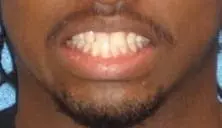
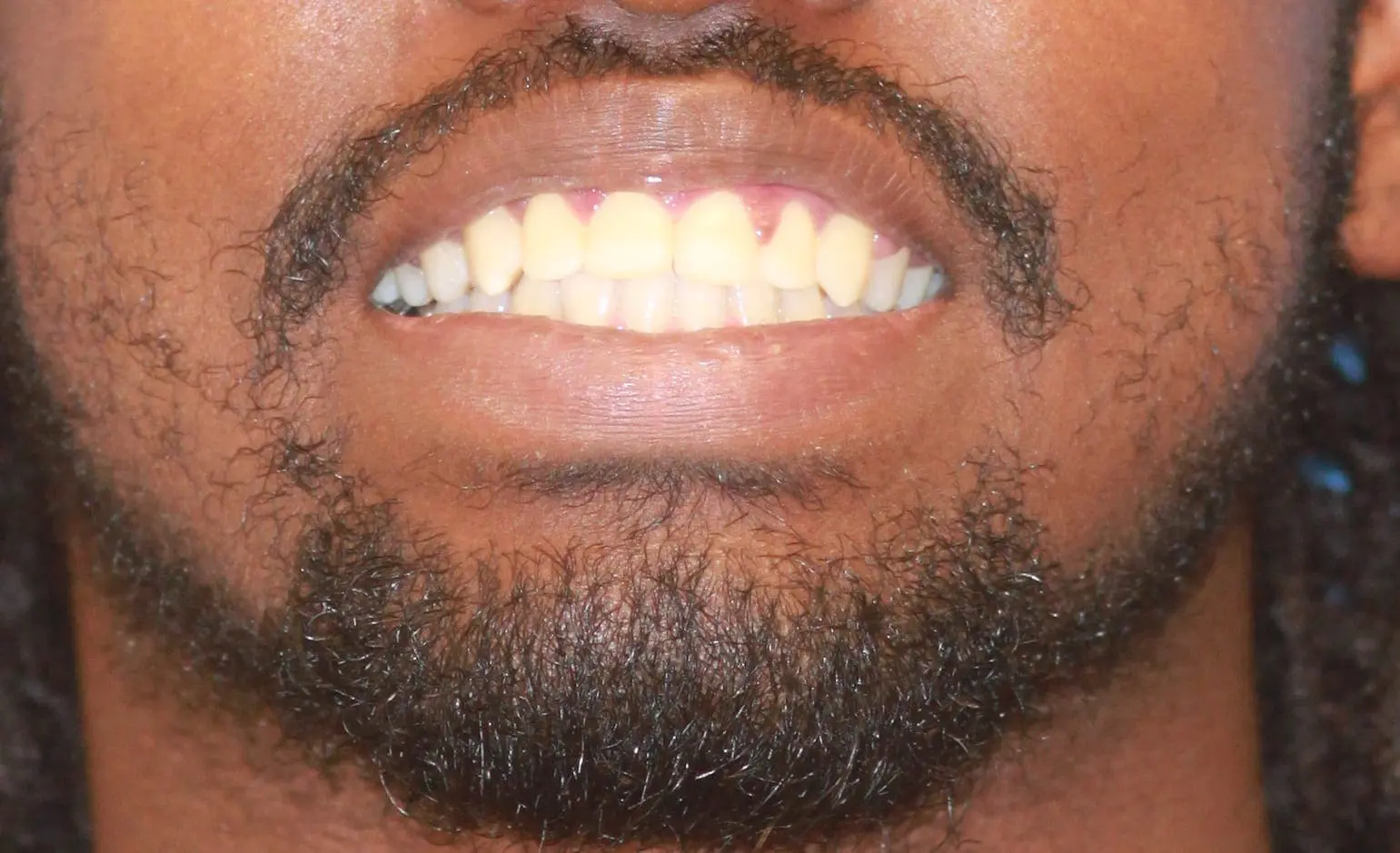
- Canine substitution is done by filling the vacancy orthodontically moving the eye teeth into the empty space. Braces will close the gap and correct any bite problems. After the teeth are realigned, they may need to be re-contoured and restored with crown, veneer or bonding to give them a natural appearance.
- Fixed dental bridge of several crowns fused together with the middle crown replacing the missing teeth and a crown capping the natural teeth on both sides of the gap area to establish support for the bridge.
- Dental implants is the most popular restoration for correcting missing incisors. Implants provide the patient a durable replacement without requiring alterations to the existing teeth.

